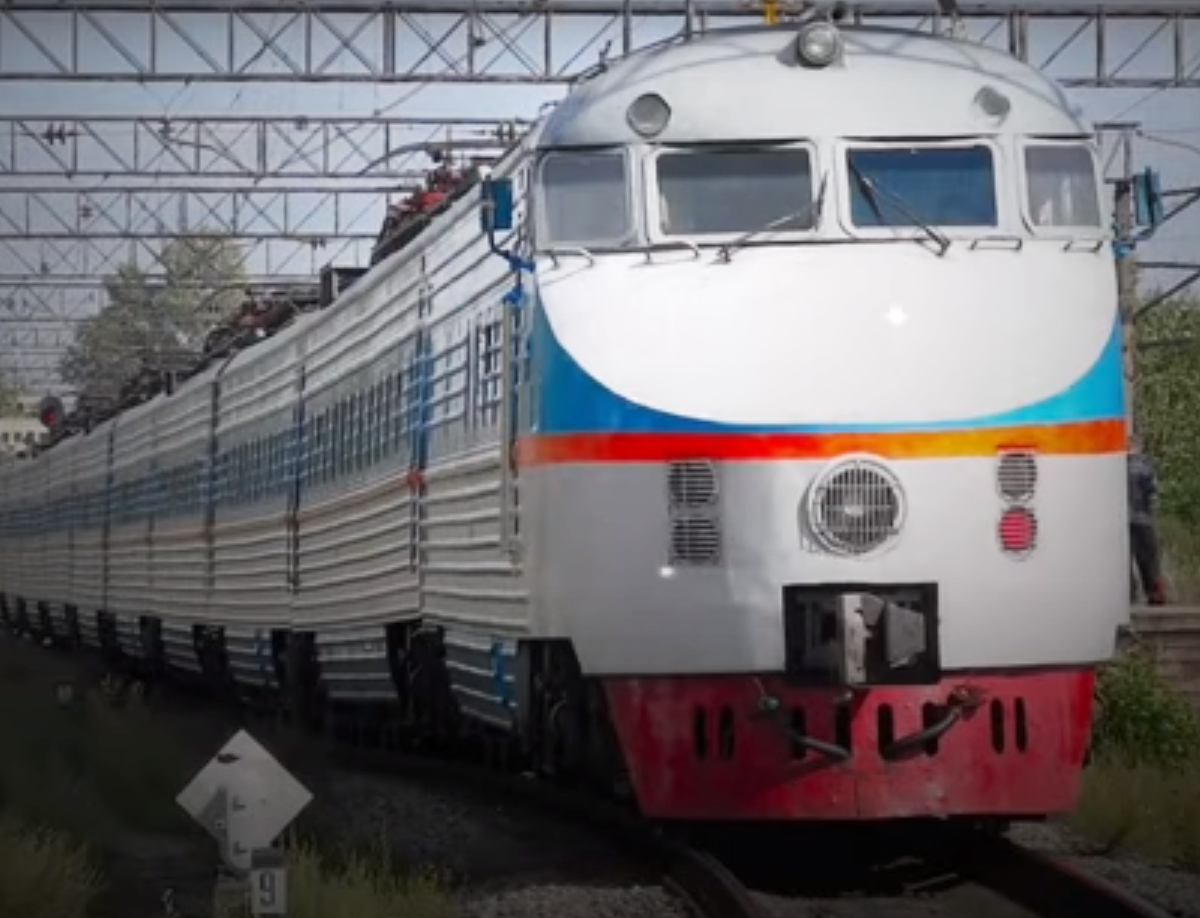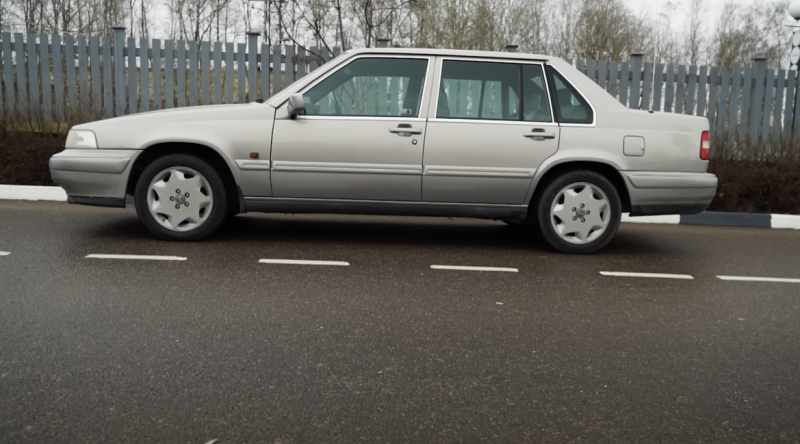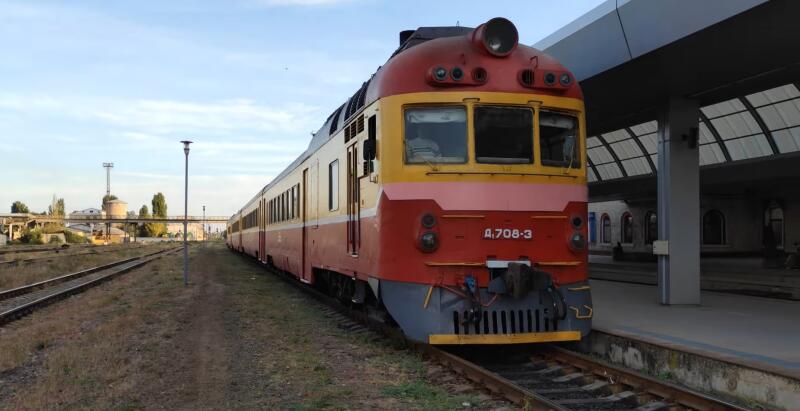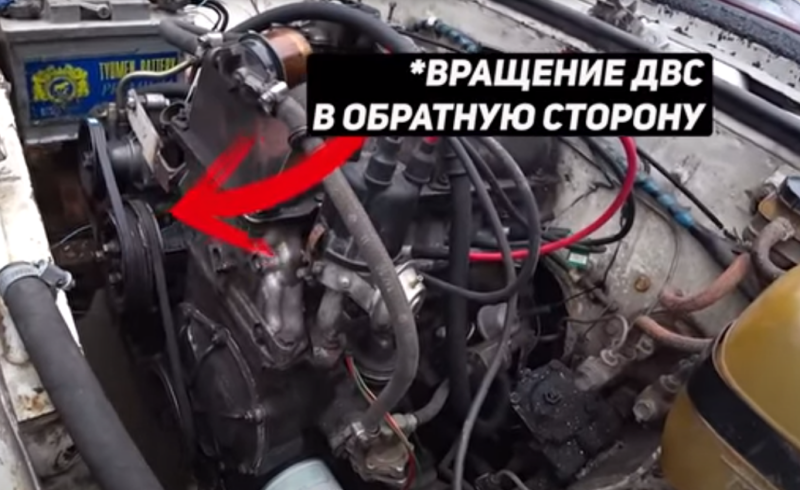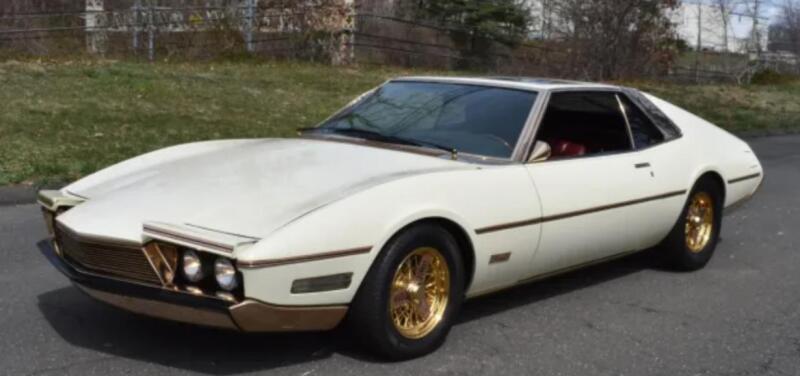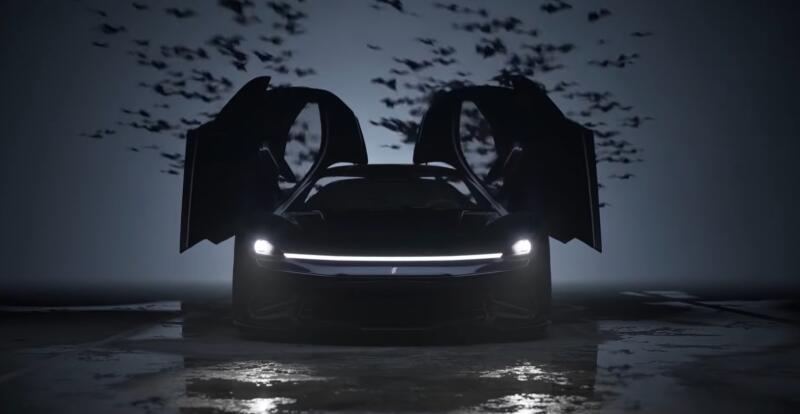People went to work and from work, went to visit friends or to the country. In all this they were helped by rail transport. One of the leading manufacturers of trains of this type was the Riga Carriage Works. And his most famous series of self-propelled cars was the ER (Riga Electric Train). It began in 1957 with a modest ER-1, and the high-speed ER-200 became the "swan song". It is about her that we will tell today.
How did the decision to create a high-speed train mature?
The mid-60s saw the dawn of the Soviet railway industry. Many locomotive and wagon depots have undergone a deep reconstruction with the use of modern equipment. The requirements for the rolling stock did not stand aside either.
In 1967, a fateful decision was made on the terms of reference for the railway workers, which consisted in the manufacture of a new type of electric train. They were supposed to be a train capable of developing a maximum speed of up to 200 km / h and more on certain sections of the road.
Teams of more than fifty research institutes, industrial enterprises and design organizations were involved in solving a difficult task. It was originally planned that the implementation of the new brainchild will be entrusted to the people of Riga. After all, the main developer of the documentation was the local All-Russian Research Institute of Carriage Building. The technical project, which received the name ER-200, was completely ready two years later. The planned parameters turned out to be quite bold:
✅ 14-car train
✅ DC voltage - 3 kV
✅ maximum speed - 200 km / h
✅ 24 seats in head cars
✅ 64 seats in motor cars
The following years were spent looking for solutions for the manufacture of power equipment, the selection of automatic control systems and the solution of other technical problems. During 1971/73, these tasks were solved and gradually embodied in a new project thanks to the interaction of the RVZ and other railway enterprises related to the Baltic road. By the end of 1973, the first prototype of the ER-200 was already ready. The time of testing and the elimination of the shortcomings identified during them began.
Soviet high-speed - one of the first in Europe
The idea of creating high-speed electric trains was not new. It was already in full swing throughout Europe and the rest of the world. But, it was the Soviet designers who were able to be among the first to develop and manage to create a ready-made sample of this type of composition.
 The main problems of the ER-200 were associated precisely with the operation in winter. Photo: youtube.com
The main problems of the ER-200 were associated precisely with the operation in winter. Photo: youtube.comOf course, the Soviet railway workers were not the first in Europe to put such a train on the line for regular flights, but still. The French overtook us for several years, although the Soviet prototype was ready a little earlier. It's just that the guys from a sunny country did not have to think about extreme temperature changes and other difficulties with operation on the roads of a vast country.
So, the French TGV on the Paris-Lyon route began to run regularly in 1981, and the Soviet ER-200 only three years later. The driving performance of the latter was far ahead of its time and required a significant reconstruction of the rolling track on the route of operation. But the exterior, designed about 20 years ago, obviously did not make such a vivid impression.
Prototype and improvements during operation
It was decided to make the first train in a shortened form: 6 cars, of which - two head and four motor. In the future, it was planned to bring the train to the optimal size - 14 cars. For testing, the composition was delivered to the high-speed range of VNIIZhIT. It was a stage on the Belorechensk-Maikop section. Here they checked the operation of on-board systems at different speeds, including the maximum - up to 200 km / h.
 The driver's workplace is nothing superfluous. Photo: youtube.com
The driver's workplace is nothing superfluous. Photo: youtube.comA year later, when moving from the Khanskaya station, the electric train was able to accelerate to 210 km / h. The tests carried out showed that the operation of the traction units and braking systems corresponded to the requirements. It was approved to continue checking the composition already at the Oktyabrskaya railway.
Diagnostics of the electric train in more severe conditions showed its partial unavailability. For example, the speed limit of over 180 km/h and the oncoming cold air flow led to icing of the undercarriage electrical equipment. So it took a periodic stop and check the composition of the traveling crews. This usually happened at the Bologoye station, which, as was later sung in a famous song, was between Leningrad and Moscow.
An experimental race with the first passengers in the cabin took place in 1979. But, he did not begin regular operation. After 24 flights between Moscow and the northern capital, some shortcomings were revealed. The movement of the train was suspended to eliminate them. The total time for the modernization work lasted almost 6 years.
A particular problem was the impact of crushed stone in the structure, located on the bottom of the car, occurring at high speeds. Additional protection and strengthening did not bring the desired result. It turned out that the problem can be solved only if the road works are carried out correctly: the top layer of crushed stone should not be higher than the level of the sleepers.
Finally - regular flights
March 1, 1984 was a milestone in the history of the ER-200. From that day on, trips between Moscow and Leningrad became permanent - the train was included in the train schedule. She covered the distance between the main cities of the country in less than 5 hours. At the same time, she could not give out her cruising speed. The main road of the country was better equipped than others, but not so well equipped that a passenger train could regularly rush along it at a speed close to 200 km / h. The track crews were forced to annually carry out a deep revision of the railway track.
 The salon was more than comfortable by Soviet standards. Photo: youtube.com
The salon was more than comfortable by Soviet standards. Photo: youtube.comThe reconstruction carried out in subsequent years made it possible to increase the length of the sections on which the maximum speed of movement of the electric train was possible. By 1987, a peak of 4 hours and 20 minutes had been reached. But, it was not always possible to adhere to such a limiting speed limit. When the backlog from the traffic schedule became regular, in 1988 they returned to the old schedule.
High-speed train equipment
For better aerodynamics, the wagon hulls were made of a special aluminum alloy, similar to aircraft structures. For the same purpose, the frontal parts of the head cars had a streamlined shape. Bogies with pneumatic central suspension became a novelty for the Soviet car building. In addition to the disc brake system, there were also rheostatic and magnetic rail. True, the latter showed itself poorly and was subsequently dismantled.
There were air conditioners inside the cabin. The passenger seats were very comfortable, with swivel and reclining backrests. Comfort was added by a bar-buffet and an information system in the cabin.
 Today you can find a rarity in this coloring. Photo: youtube.com
Today you can find a rarity in this coloring. Photo: youtube.comThe first 5 years of operation showed a critically low resource of many high-speed train equipment components. They needed a major overhaul. And if the motor cars could be unhooked and replaced by others, then everything was much more complicated with the head cars. This led to the fact that two spares were made to replace those put in for repairs. Even later, the solution of the issue was radically approached - the ER-200-2 composition was made.
ER-200-2 and the end of an era
The second series appeared at the end of the Union in 1991. It consisted of only six cars. The remaining six were made over the next 3 years already in independent Latvia. All of them were very raw in electrical terms, which required further refinement by Russian specialists.
The service life of high-speed trains was extended for another 15 years. During this time, they have experienced several improvements, reconstructions and overhauls. Finally, on February 20, 2009, a flight was made, which was the final one in the 25-year history of the Soviet high-speed electric train. Eight days later, the solemn handover of the baton to the new Russian high-speed train "Sapsan" took place.
 ER-200, which has been faithfully in service for 25 years. Photo: youtube.com
ER-200, which has been faithfully in service for 25 years. Photo: youtube.comAfter that, the cars of the former trains became the history of Russian railway transport. Therefore, they were sent to museums in different cities of the country, including Moscow and St. Petersburg. In the capital, one of them is symbolically installed in the exposition of the Rizhsky railway station in Moscow.
